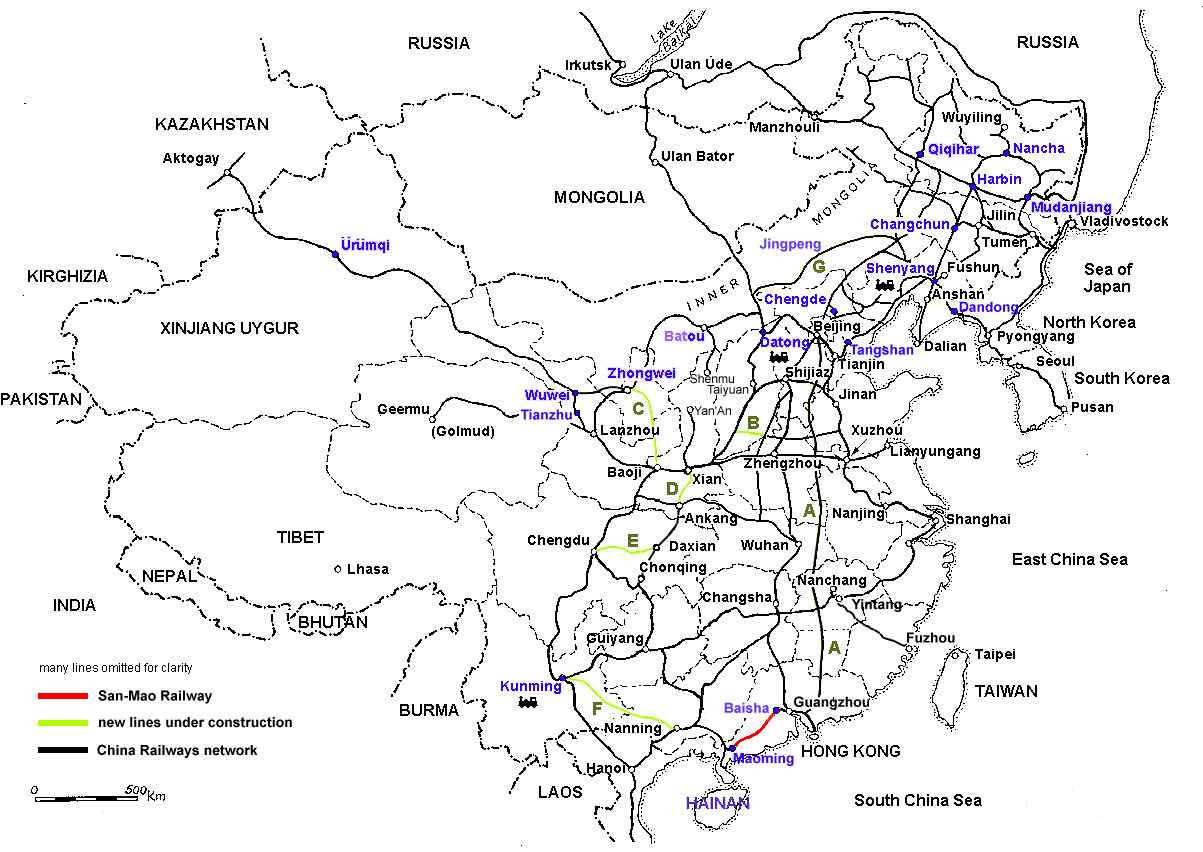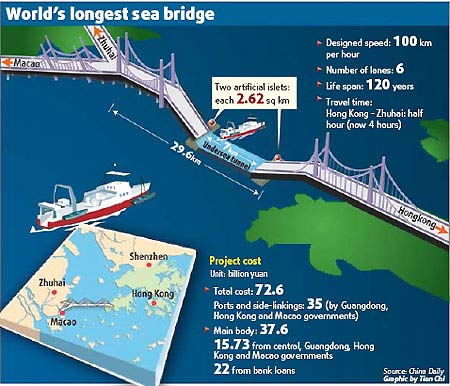Event Alert: IBM Hosts “A Smarter Transportation System for the 21st Century” Forum in Washington, DC – Feb 25, 2010 @ 9AM
Please RSVP to transprt@us.ibm.com
When: Thursday, February 25, 2010
Time: 9:00 – 11:45 a.m.
Where: The Rayburn House Office Building, Room B-318, Washington, DC 20005
The rising trends of globalization, urbanization and exponential population growth are applying pressure on our already stressed transportation networks. Leaders of public and commercial transportation systems face daunting challenges including predicting demand, optimizing capacity, improving the traveler’s experience, and maximizing efficiency – all while reducing environmental impact and continuing to assure safety and security. Fortunately, new approaches and technologies are delivering solutions to meet these challenges.
The need for progress is clear. There are now more than 475 urban areas with more than 1 million people residing in them. That’s an increase of 573% from 1950 when there were only 83. That translates into more than half the world’s population now living in urban areas. Transportation congestion continues to grow, wasting time and money while creating more pollution. Most of the developed world’s transportation infrastructures were designed decades ago and reflect the available technology, population and requirements at that time. Simply, the infrastructure responsible for moving the world’s people and things is inadequate.
Meanwhile, transportation investment remains a hot topic in Washington due to federal stimulus funding and new surface transportation legislation that Congress is working to pass.
Please join IBM on Thursday, February 25, 2010, for an exclusive forum in Washington D.C. which will bring together policy makers, transportation companies, metro planners and academics to discuss the future of transportation and how new innovations and investments can bring about speedier and greener passenger travel.
Hosted at the Rayburn House Office Building in Washington D.C., the forum will examine society’s need for updated transportation infrastructures– using technology to predict travel times, manage capacity and promote safer transport. Prominent transportation leaders from government and industry will discuss powerful strategies and solutions to dramatically improve our transportation systems.
Participants will include Congressman Earl Blumenaur from Oregon, Dr. Robert Bertini, Deputy Administrator, US DOT’s Research and Innovative Technology Administration. Janet Kavinocky from the U.S. Chamber of Commerce, Judge Quentin Kopp, former Chairman of California High Speed Rail Authority, and other distinguished guests.
We value your perspectives and insights on this important topic and look forward to your participation in this collaborative event. Further details will be provided upon your response.
RSVP: transprt@us.ibm.com
Related articles by Zemanta
- IBM opens center in Washington (ecombizcenter.blogspot.com)


![Reblog this post [with Zemanta]](http://img.zemanta.com/reblog_e.png?x-id=9af4ab5d-ae0a-424f-b74a-c2826cb3f23c)


![Reblog this post [with Zemanta]](http://img.zemanta.com/reblog_e.png?x-id=d7edef6e-81c2-4fcc-96a8-0d8542d17675)

![Reblog this post [with Zemanta]](http://img.zemanta.com/reblog_e.png?x-id=b8a76a6a-5f70-49fb-ba13-b130e5b21ffc)





